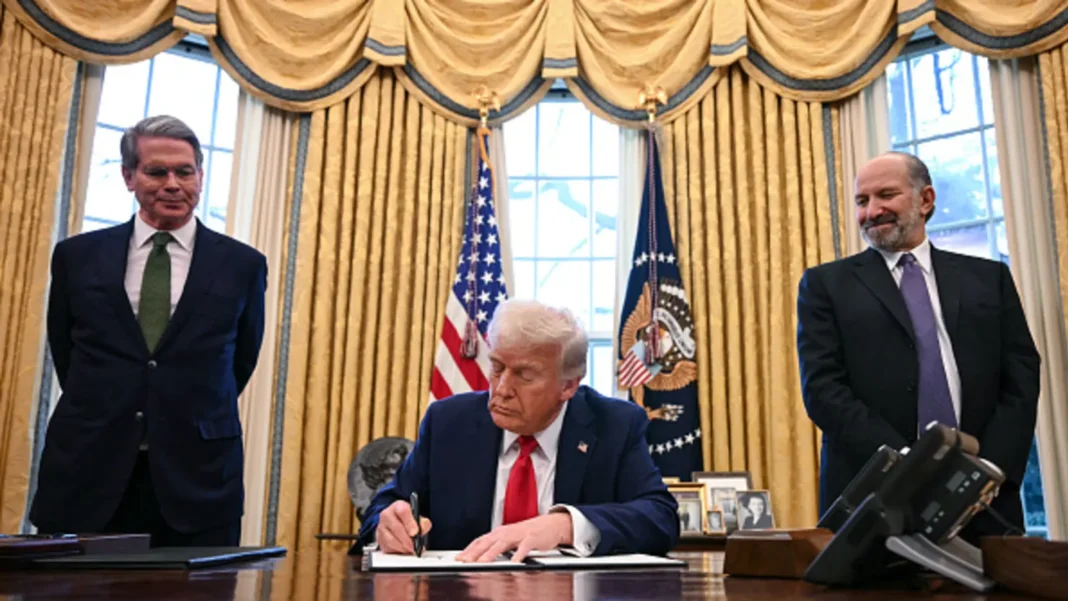The White House has drafted a proposal to impose tariffs of roughly 20% on most imports, according to a report from The Washington Post on Tuesday. Citing three people familiar with the matter, the report indicates that the plan is still in its early stages, with a range of options under consideration. One alternative being discussed is a “reciprocal” approach, where tariffs would be adjusted on a country-by-country basis.
This new tariff proposal is expected to be broader and more permanent than previous measures, which were targeted at specific countries or industries. President Donald Trump, along with his advisors, has emphasized that the goal of the tariffs is to make international trade more equitable while also raising revenue for the federal government. This move comes ahead of an expected announcement on April 2, when the President will outline his larger global trade strategy.
The potential tariffs have sent ripples through Wall Street, with investors concerned about the impact of shifting trade policies. In the first quarter of 2025, the S&P 500 dropped 4.6%, and the Nasdaq Composite fell 10.4%. Business leaders and consumers have also expressed growing uncertainty, with surveys showing a dip in confidence since the start of the year.
Economists are divided on the potential impact of the tariffs. Some warn that they could slow economic growth and lead to higher inflation in the short term. Additionally, there are fears that other countries might retaliate with their own tariffs, escalating the trade tensions. As the White House prepares to unveil its full trade plan, the uncertainty continues to weigh heavily on markets and global economic sentiment.






